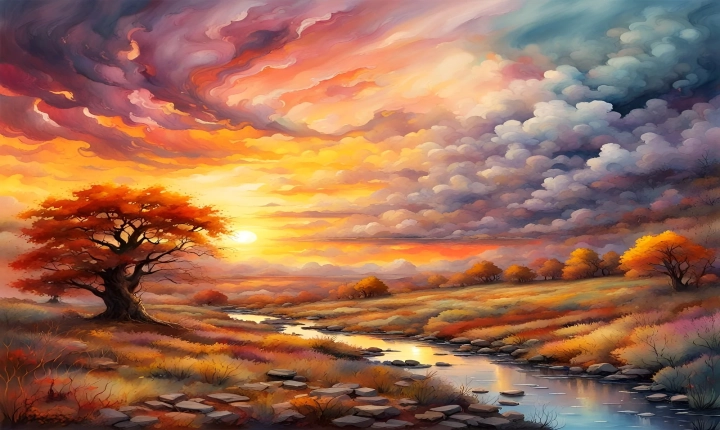Title: “Creating an Artistic AI: Exploring the Intersection of Technology and Creativity”
Over the past decade, the field of artificial intelligence (AI) has made remarkable strides in various domains, including healthcare, finance, and e-commerce. However, one area that has captured the imagination of researchers, artists, and technologists alike is the intersection of AI and art. The concept of creating an artistic AI, capable of generating and interacting with creative works, has opened up exciting possibilities for the future of both technology and artistic expression.
Artistic AI, also known as Creative AI, involves the use of machine learning algorithms and neural networks to generate original artworks, music, literature, and other forms of creative content. The goal is not to replace human artists, but rather to complement and enhance the creative process by leveraging the computational power and pattern recognition capabilities of AI systems.
The process of creating an artistic AI involves several key steps:
1. Data Collection: The first step in creating an artistic AI is to gather a diverse and comprehensive dataset of artistic works. This can include paintings, sculptures, music compositions, and literary texts from various genres and time periods. The quality and variety of the dataset will significantly impact the AI’s ability to learn and generate original creative content.
2. Training the AI: Once the dataset is compiled, the AI system is trained using machine learning algorithms to recognize and analyze patterns, styles, and motifs within the artistic works. This involves teaching the AI to understand the underlying principles of composition, color theory, musical harmony, and other elements of artistic expression.
3. Generative Models: With the AI trained on the dataset, generative models such as Generative Adversarial Networks (GANs) and Variational Autoencoders (VAEs) are used to create new artistic content. These models are capable of generating original artworks, music, and literature that exhibit characteristics similar to the input dataset.
4. Creative Feedback Loop: To enhance the creative capabilities of the AI, a feedback loop is established where the AI generates content, and human artists provide feedback and guidance. This iterative process helps refine the AI’s output and encourages the development of novel and unique creative expressions.
5. Ethical Considerations: Throughout the development of an artistic AI, it’s crucial to consider the ethical implications of creating and distributing AI-generated art. Questions of authorship, intellectual property rights, and the potential impact on the art market need to be addressed in a thoughtful and responsible manner.
The creation of an artistic AI raises fascinating questions about the nature of creativity and the role of technology in shaping human expression. By leveraging AI to create new forms of art, we are exploring the boundaries of what it means to be creative and redefining our understanding of artistic innovation.
Moreover, the emergence of artistic AI has the potential to democratize the creative process, providing tools and platforms for individuals of all backgrounds to engage in artistic expression. By harnessing the power of AI, artists and creators can explore new avenues of inspiration and amplify their creative capacities.
In conclusion, the development of an artistic AI represents a convergence of technology and creativity, offering exciting possibilities for the future of artistic expression. As we continue to explore the vast potential of AI in the realm of art, we must approach this intersection with a thoughtful, ethical, and open-minded perspective, embracing the opportunities for innovation and collaboration that lie ahead.
